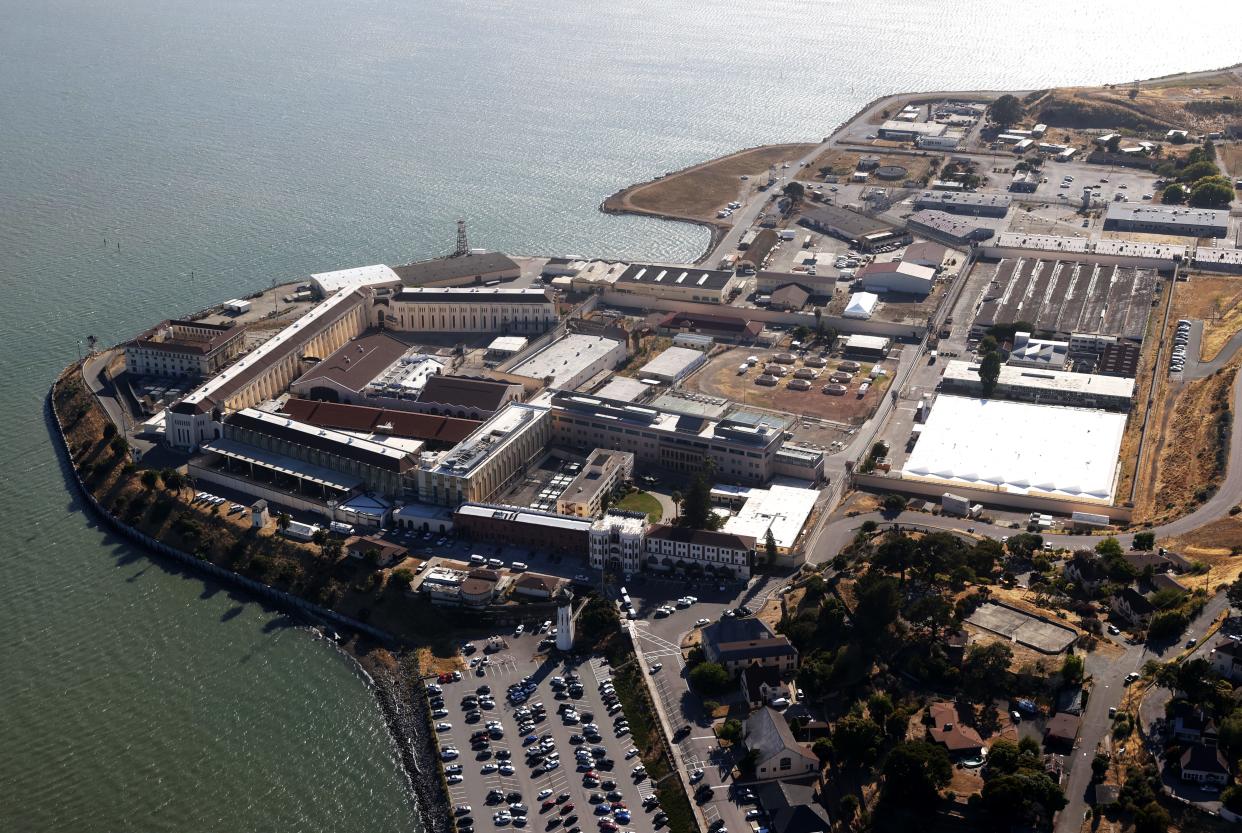California finally approved indoor heat rules. Why were prison workers excluded?

California’s workplace safety board recently approved an indoor heat protection standard and urged Cal/OSHA to put it into full effect as quickly as possible. Nearly two decades after the state’s outdoor workers won heat protections, millions of California’s indoor workers will finally also be protected.
Tragically, this victory for workers must be tempered by the callous decision to cut out more than 100,000 workers from its scope. Corrections workers and detainees who labor in California’s hundreds of jails and prisons, often enduring brutal and suffocating heat, must continue to wait.
This exemption is cruel, racially biased and wrong.
Of the 97,000 people incarcerated in California, an estimated two-thirds of them are also workers — working within the prison or jail itself, or under contract for public works or prison-sponsored manufacturing.Unlike other workers, after toiling in the heat for hours, they have no recourse to get relief once their job duties are done. Many cells lack air conditioning, and their incredibly low wages means few can afford to purchase a fan or other means to cool themselves.
Reduced to wrapping wet rags around necks and foreheads to ward off headaches and seizures or intentionally flooding toilets to create pools on cell floors, too many risk dangerous and potentially fatal heat illnesses.
More than 38,000 California workers are employed as correctional officers and jailers, and thousands more perform other specialized jobs. Already, correctional officers nationally experience occupational injuries and illnesses at a rate over three times higher than the workforce average, and have the second-highest rate of workplace injuries requiring absences from work.
They also experience disproportionate exposure to hazardous contaminants on the job, and have high rates of serious medical problems, including heart disease, hypertension and other physical health issues. All of these circumstances can exacerbate the effects of extreme heat and increase someone’s vulnerability to the dangers of workplace heat.
Exempting California’s prisons and jails from an indoor heat standard has racial implications and discriminatory effects. Black, Latino and Indigenous people are overrepresented in the incarcerated population; they also constitute the majority of corrections department employees. Nearly three-quarters of California corrections department workers identify as people of color, and 28% are women. Many live in communities that also experience environmental injustices, disproportionately impacted by the heat island effect and poor air quality.
At least eight of California’s state prisons are located in areas that experience extreme heat, according to the Ella Baker Center for Human Rights. The California Department of Corrections and Rehabilitation has even acknowledged that five facilities that once experienced fewer than five days above the extreme heat threshold annually will see as many as 24 days by mid-century, and potentially 41 days by 2070. Fordham University researchers have warned that without retrofitting, many carceral facilities will become so unbearable from climate change effects that corrections employment recruitment may suffer.
The state’s corrections department also employs thousands of other workers like teachers, librarians and counselors, and carceral workplaces can get excruciatingly hot. In August 2021, when wildfires struck rural Northern California near the Nevada border, power lines went down and the generator at the California Correctional Center failed for almost a month while daytime temperatures rose to the mid-to-high 90s.
The CCC has since closed, but it was not alone in being vulnerable to excessive heat.
Labor standards are most effective when they extend to all workers, regardless of occupation or the nature of the workplace. Protecting people from extreme heat is imperative, and California should not ignore the dire needs of those who work in the state’s prisons and jails, both as staff and as detainees.
Anastasia Christman is a senior researcher and policy analyst with the National Employment Law Project.
This article originally appeared on Palm Springs Desert Sun: California prison workers cannot remain exempt from heat rules

